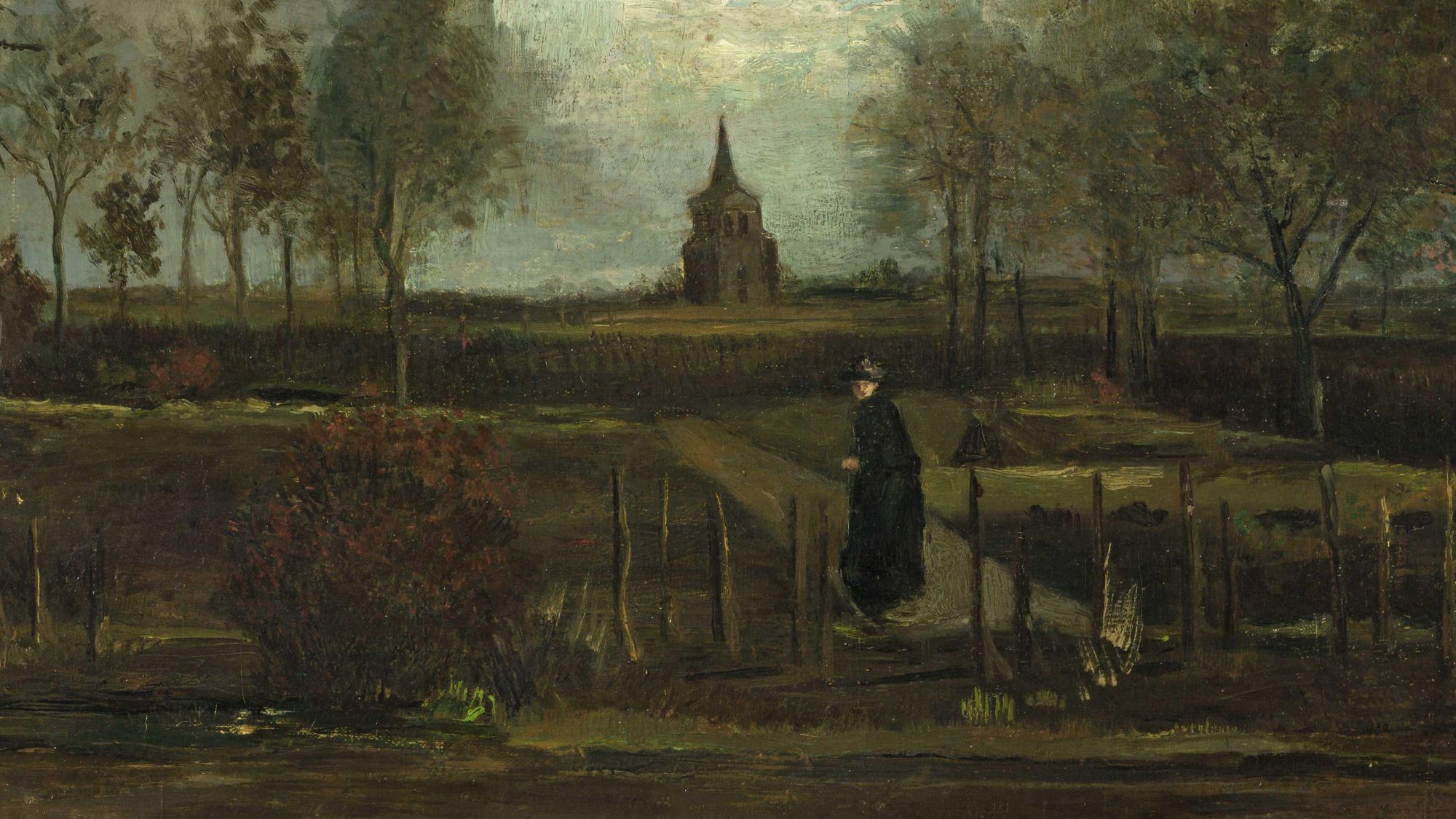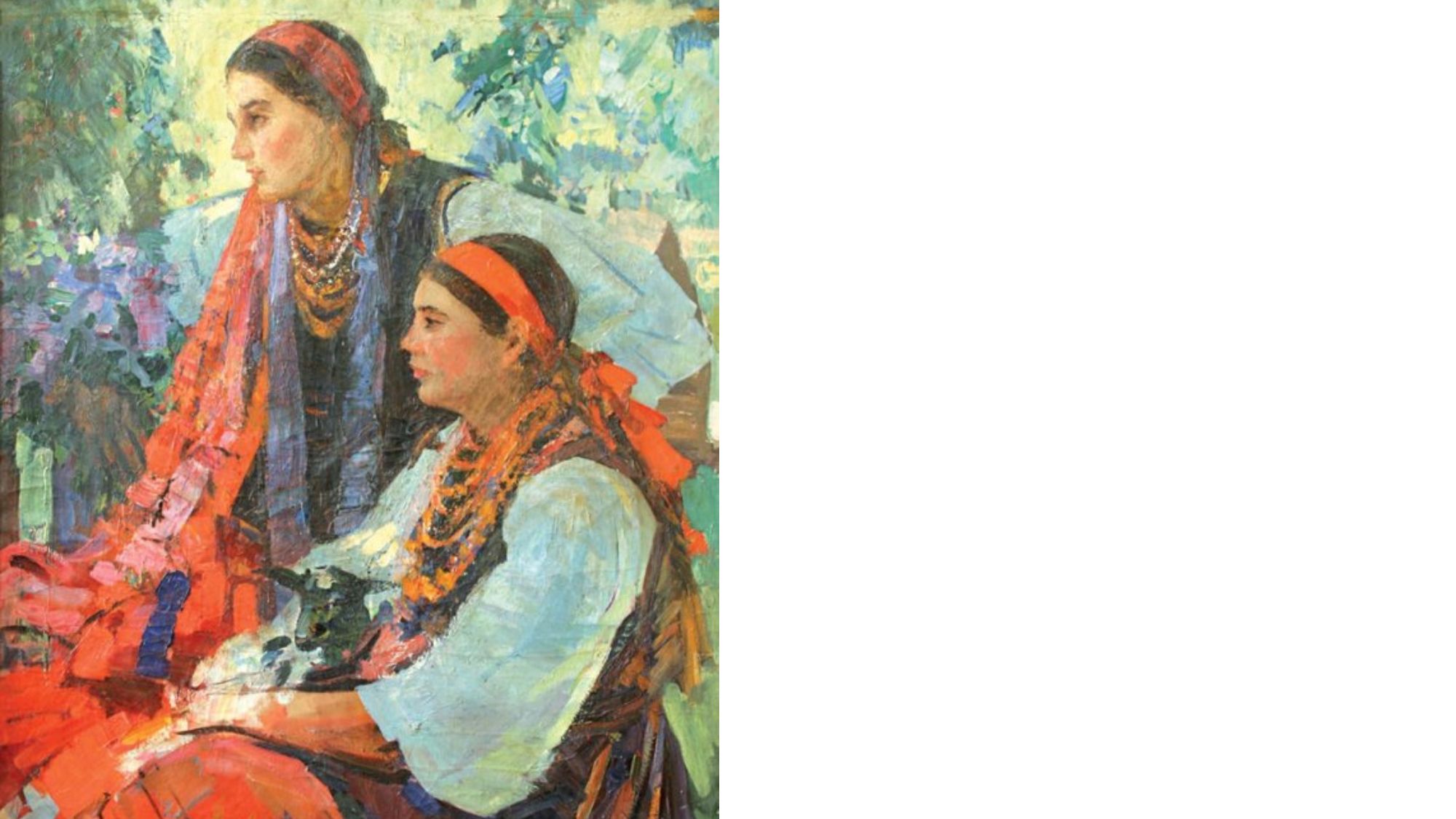
Sign up to The Week’s Arts & Life newsletter for reviews and recommendations
Sold
Gustav Klimt’s final portrait was sold at auction in London in June. “Dame mit Fächer” (“Lady with a Fan”) was still sitting on the artist’s easel when Klimt died, aged 55, from pneumonia in Vienna in February 1918, after contracting the Spanish flu. A month before that, he had suffered a stroke that had left him paralysed. Different in tone from his better-known masterpieces of a decade earlier, such as “The Kiss”, “Lady with a Fan” incorporates a series of Chinese motifs. The identity of the woman depicted is unknown. Having last been sold in 1994, for $11.6 million (£9 million), it was sold at Sotheby’s for £85.3 million to a collector from Hong Kong, making it the most expensive painting ever auctioned in Europe.
It was not, however, the most valuable artwork sold this year. That was Picasso’s 1932 painting “Femme à la montre” (“Woman with a Watch”), sold for $139.4 million (£113 million) at Sotheby’s in New York in November. The portrait, which depicts Marie-Thérèse Walter, his “golden muse”, was part of a $400 million sale from the late philanthropist Emily Fisher Landau’s collection. The buyer was anonymous.
Recovered

On a Monday night in September, the Dutch art detective Arthur Brand received an unusual visitor at the door of his Amsterdam flat, holding a battered Ikea bag. Inside it, bubble-wrapped, was “The Parsonage Garden at Nuenen in Spring”, an early van Gogh worth €3 million-€6 million (£2.6 million-£5.2 million), which had been stolen in March 2020 from the Singer Laren museum near Amsterdam. Even though the burglar and an associate were later convicted, the painting itself was not found. According to Brand, it was so famous that it had become “a headache”: impossible to sell, only likely to bring trouble. He believes that the man who eventually handed it over had nothing directly to do with the theft. The van Gogh has now been returned to the Groninger Museum, in the northern Netherlands, which had loaned it out at the time it was stolen.
Copied
Roy Lichtenstein never disguised the fact that his famous pop art paintings were based on comic strips. But this year, a documentary has revealed just how extensive his copying was. “WHAAM! BLAM! Roy Lichtenstein and the Art of Appropriation” shows that 300 of them were based closely on specific comic strips. One of the artists sampled was Hy Eisman, now 96, who was shocked to discover Lichtenstein had used his work in his 1963 painting “Girl in Window”. “It’s called stealing,” said Eisman. “I worked like a dog on this stupid page and this guy has $20 million to show for it.” But Bradford R. Collins, of the University of South Carolina, defended the artist. “If he had made comic books out of it, that would be stealing.” Instead, he reused it “for a different purpose… I can understand why Eisman would feel angry… But artistically, it’s not plagiarism.”
Repatriated

Until this year, the House of Ni’isjoohl Memorial Pole had been on display in the National Museum of Scotland in Edinburgh since 1930. But it has now been returned home, following a request from the Nisga’a nation, an indigenous Canadian people who live in the Nass River basin in British Columbia. The 11-metre pole was originally carved from a red cedar in 1855 as a memorial to a slain Nisga’a warrior; its design incorporates clan lore and sacred motifs. In 1928, it was cut down and taken by a Canadian ethnographer, Marius Barbeau, then shipped to Scotland. The return of the pole was agreed and signed off in less than a year by the Scottish government – setting a challenging precedent for other British collections that hold contested objects, from the Benin Bronzes to the Elgin Marbles (the British Museum began “constructive discussions” about loaning the latter to Athens this year). A Nisga’a delegation came to the museum for a ceremony in August to begin the pole’s 4,200-mile journey, by road and a Canadian armed forces aircraft. It is now on show in the Nisga’a Museum in Laxgalts’ap, a few miles from its original position.
Saved

Ron Gittins, an eccentric self-employed artist who died in 2019, created a strange fantasy world in his Birkenhead ground-floor flat. He painted classical murals on his walls, and installed a fireplace shaped like a Minotaur. The hallway looks like an Egyptian tomb; the front room is inspired by Pompeii; there’s a Roman altar in the kitchen. Gittins rarely invited anyone in, so the discovery of the flat’s interior after his death was a surprise. The flat came up for auction this year, and it was feared it might be sold and stripped of its art. However, thanks to a loan from the Muller Wimhurst Trust, a local group was able to buy the whole building, which will be opened as a cultural centre. See ronsplace.co.uk
Stolen

Late last year, Russian forces withdrew from swathes of southern Ukraine. By February, Ukrainian officials had established that the Russians had pillaged the country’s art on a vast scale. They raided around 30 museums, taking ancient sculptures, paintings, icons and busts worth millions of pounds (as well as the bones of the Russian hero Grigory Potemkin). The biggest single heist was in Kherson: before retreating, the Russians emptied out around 15,000 works from the Regional Art Museum, including “Girls with a Goat” (1940) by Oleksii Shovkunenko, a Soviet painter born in the city. It amounts to the biggest case of cultural plundering since the Second World War.
Artworks that were sold, copied, saved and stolen in the past year






